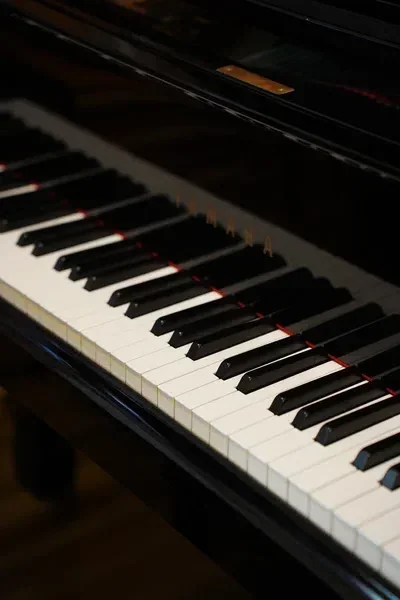On Frequency: The Emotional Geography of EQ

Learn how EQ mixing techniques shape frequency emotional response and guide musical EQ choices through understanding the psychological impact of sound.
The Question Before the Tool
You already hear what's missing. Before your hand moves toward any knob, before you open a plugin, you know if the vocal needs warmth or clarity, if the mix feels heavy or thin.
That instinct is the work. The EQ is just how you serve it.
Low-Mids: The Weight of Things
Between 200 and 500 Hz lives the body of your mix. This range holds warmth, thickness, presence. When you want something to feel close, intimate, enveloping—this is where it breathes. Understanding these low-mid frequencies connects to the challenges of monitoring bass frequencies accurately.
But it's also where mixes get clouded. Too much here and your track feels slow, congested, like moving through water. Not always wrong. If the song explores melancholy, longing, the dense quality might be exactly right.
The question isn't what's correct. It's what the emotion needs.
High-Mids: Where Presence Lives
Around 2 to 5 kHz, sound becomes forward. This is where vocals cut through, where guitars assert themselves, where things demand attention.
This range makes listeners lean in. It creates urgency, clarity, directness. When you need energy, when the message matters more than the mood, you find it here.
But push too hard and everything becomes aggressive, fatiguing. Your listener retreats. Understanding when presence serves the work versus when it overwhelms it—that's the craft.
Air Frequencies: The Space Above
Above 10 kHz exists what mixers call "air." These frequencies don't carry information the way lower ones do. They create dimension, openness, a sense of space around the sound.
Boosting here makes mixes feel modern, expensive, three-dimensional. Removing it makes things feel closer, more contained, sometimes nostalgic. Neither choice is better. Both are tools for emotional communication.
A bright mix with generous air frequencies tells listeners to feel optimistic, awakened, present. A darker mix with rolled-off highs invites introspection, warmth, memory.
The Tutorial Trap
Beginners often follow formulas. Low-cut everything. Scoop the low-mids. Boost the presence. Add air. These moves become automatic, disconnected from listening.
But your vocal might not need brightness. Your guitar might already have perfect presence. The kick could want exactly the low-mid density another engineer would remove.
EQ becomes meaningful when it serves what you already hear, not what you've been taught to do automatically.
Connect First, Process Second
Before touching frequency, understand the emotional target. Is this song meant to energize or soothe? Should it feel intimate or expansive? Does the artist want urgency or contemplation?
Different genres carry different expectations, but even within them, each song has its own emotional geography. A bright pop mix and a warm soul arrangement both live in their genres authentically because someone understood what the emotion required.
You're not fixing problems. You're revealing what the work wants to become.
The Work Already Knows
Your instinct heard it before you analyzed it. That feeling that something's missing, that recognition of what doesn't serve the song—trust it.
The frequency ranges are just a map. The emotional landscape is what you're actually navigating. Technical knowledge gives you vocabulary for what you already sense.
When the mix feels right, when every frequency choice supports the emotional intention, you've done something more important than achieving sonic perfection. You've honored what the work needed.
Listen first. Always listen first. This connects to the decision before every mix choice.
Giovanni Cordova is an audio engineer specializing in podcast production and mixing. If this perspective resonates with how you approach sound, explore how thoughtful collaboration might serve your creative vision at giovannicordova.com.